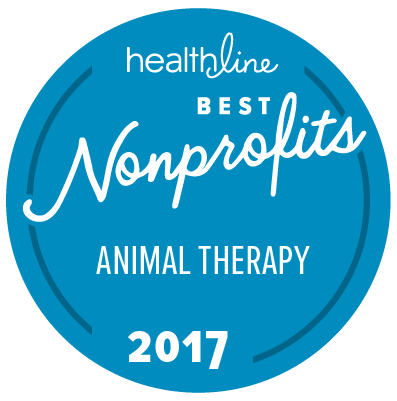Principal Investigator
Full Text
Rationale
While animals are common in today’s elementary school classrooms, research regarding their impact on child wellbeing and development is limited. The proposed PIC Study will measure the effects of classroom pets for children, aged 8-10 years, who care for them over the course of one school year, thus allowing for thorough exploration of important new directions for classroom learning and human-animal relationships.
Hypothesis
We hypothesize that children with a classroom pet for one school year will experience: increased social skills and competence; decreased competing problem behaviors; and improved academic competence to a significantly greater degree than children who do not have a classroom pet (as reported by teachers, parents, and children).
Design
A total of 591 students from 41 classrooms (pet cohort = 20; no pet cohort = 21) and 19 schools participated. Classroom animals included guinea pigs, fish, lizards, hamsters, toad, gerbil, turtle, and tortoise. Data were collected at three designated time points over one academic year: T1 = one month into the school year (pre-pet introduction); T2 = 12 weeks post-pet introduction; T3 = just prior to school year end (approximately 28- to 30 weeks post-pet introduction).
Results
Findings show that the presence of classroom pets may provide some positive effects for children in third and fourth grade, such as improving social skills and competence for children and may also decrease select problem behaviors in the classroom. Additionally, reading competencies may be enhanced for children with classroom pets. However, there was a lack of significant findings from parent and student reports, suggesting that the lack of congruence between reporters may in fact indicate the benefits of classroom pets may not transcend beyond teacher perception. Overall, these results suggest that animals may enrich learning environments in meaningful and diverse ways, which could have broad developmental implications for children, perhaps especially for those who are socially withdrawn. Further research, including data beyond self-reports (i.e., physiological, behavioral, academic record data) and with more stringent control groups is needed to confirm and expand upon this study’s findings, as well as inform the use and optimal care of animals who reside in school settings.




